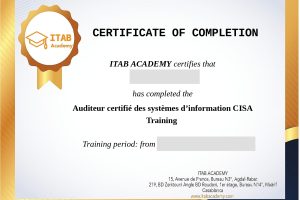Creating a learning website can be an exciting and impactful endeavor.
Here’s a step-by-step guide to help you get started:
1. **Define Your Niche and Audience**: Determine the specific subject or niche you want your learning website to focus on. Consider your target audience and their learning needs. Choosing a niche will help you differentiate your website and attract the right audience.
2. **Choose a Platform**: Select a platform for building your learning website. Popular options include WordPress with plugins like LearnDash or LifterLMS, Teachable, Thinkific, or Kajabi. Consider factors such as ease of use, customization options, and pricing when choosing a platform.
3. **Plan Your Content**: Outline the content you’ll offer on your learning website. This may include written lessons, video tutorials, quizzes, assignments, downloadable resources, and more. Organize your content into logical courses or modules to make it easy for learners to navigate.
4. **Create High-Quality Content**: Develop engaging and informative content for your courses. Ensure that your content is well-researched, well-organized, and presented in a format that appeals to your target audience. Consider incorporating multimedia elements like videos, images, and interactive quizzes to enhance learning.
5. **Design Your Website**: Customize the design of your website to reflect your brand and create a user-friendly experience for learners. Choose a clean and professional layout, select appealing fonts and colors, and optimize your site for mobile devices.
6. **Set Up Payment and Enrollment**: If you plan to offer paid courses, set up a payment gateway to process transactions securely. Create pricing plans and enrollment options for your courses, and set up user accounts or membership options for learners to access course content.
7. **Promote Your Website**: Market your learning website to attract learners and build your audience. Use a combination of strategies such as content marketing, social media promotion, email marketing, and search engine optimization (SEO) to drive traffic to your site.
8. **Engage with Your Community**: Foster a sense of community among your learners by encouraging interaction and collaboration. Incorporate features like discussion forums, live Q&A sessions, and group activities to facilitate engagement and networking.
9. **Collect Feedback and Iterate**: Continuously gather feedback from your learners to understand their needs and preferences. Use this feedback to improve your courses, content, and overall user experience. Iterate and refine your website based on insights from your audience.
10. **Stay Updated and Expand**: Keep abreast of industry trends and advancements in your niche, and regularly update your courses and content to stay relevant. Consider expanding your offerings over time by adding new courses, partnering with experts, or creating additional resources for your learners.
By following these steps and staying dedicated to providing valuable learning experiences, you can build a successful and impactful learning website that helps learners achieve their goals and aspirations.




